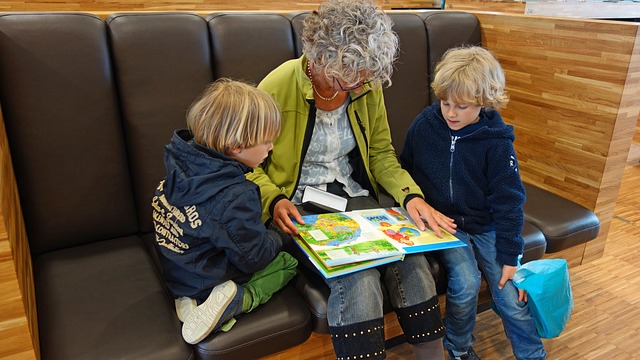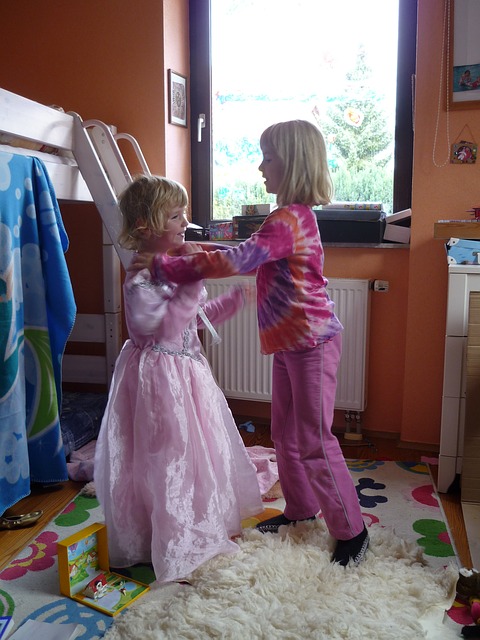Once upon a time……..We all know that our children love to hear a story. It’s a lovely time for you to come close before sleep or other times of the day, especially now that Autumn is here and winter will transition soon.
How to use a story to help a child manage emotions
I see so many children who need help with their feelings, so why don’t they or you talk about it? I know you may be scared of escalating feelings, such as worries or anxieties. Children’s cognitive capacities take a long time to develop; therefore, everyday language is not always working.
As parents, we get fed up with the responses, and I am bored. I am OK…it’s not fair, and our reactions to them are usually relatively flat. Do you notice that if you give advice straight, humming, making noise, or ignoring you may distract your children? A therapeutic storey helps them find another way of thinking and being that leads to hope and change.
How do children express their feelings?
Children express their fears, hopes, and worries through language and metaphor, the rich language of being something/or someone else. Children love being superheroes, butterflies, fairies, firefighters, and teachers, and acting out their worlds. This is normal, and how our children learn and master their feelings and emotions.
Gently watch your child play and try to understand their themes and the landscapes/or worlds they inhabit.
Here are some examples of themes:
- Feel left out, unwanted, feeling lost, lonely, or that the world they are in is unsafe.
- Or they are feeling angry, like a volcano is about to explode. They think they are wrong. They believe their brother or sister is the favoured one.
Have a Sense of Place.
- The landscapes can be like deserts, cold or hot or full of water.
- Choose some characters (try to use the characters they already have) and think about what your child may need help with. Never say the feeling is your child.
- Could you keep it simple? Young children typically need it to be reasonably concrete, with a maximum of 1000 words.
- Don’t worry about telling the story at night before sleep; you can write it out beforehand and even make a storybook together.
An example of a Story.
So here is a quick example of a 7-year-old boy I worked with who had “Nighttime Fears and some anxiety” He loved Power Rangers at the time.
“Once upon a time, there was James the Power Ranger. He lived in an exciting world full of amazing rockets, ships, and exciting people. By day, James saved the world and never felt scared, even though James loved saving the world and living in space. He sometimes got shy at night and wanted his mum and dad to sleep with him all night. He feared the space monsters would call him at night and come out of his wardrobe. He used to feel bad as a power ranger. Power rangers don’t get scared, do they?
But you know, everyone gets scared sometimes. We had to think hard about what we could do to help James. His dad was impressive; he made James an amazing torch so bright it would illuminate the room and get rid of the monsters. This was a unique space torch; he could use the torchlight just by the power of his thoughts. He just had to say, “Go away, monsters; I can get rid of you and keep myself safe; you can’t hurt me anymore; I have my amazing torch. James used to say this over and over before he went to sleep. Soon he realised he now had the power at night and during the day.”
How often should the story be read to a child?
His parents read this to him every night for some time. Children master their emotions by repetition, so you have to read the story repeatedly. Although this was part of the intervention, it was important for this child to feel that he had power inside of him.
I hope this helps; happy creating and connecting with your children.
Be the best parent you can be, and try to take one action today to make your child feel safe, secure, and loved.
With love Catherine




